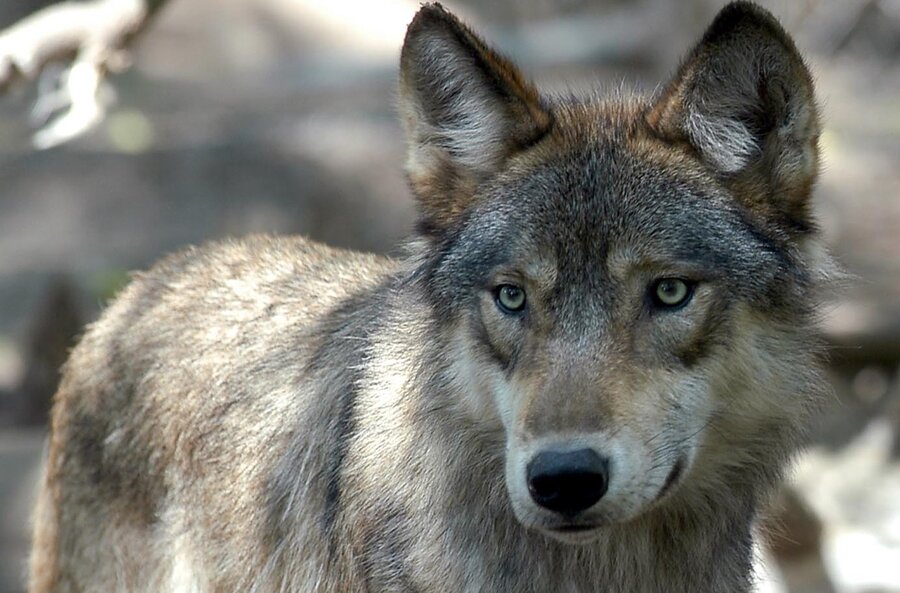Could legal hunts be encouraging the poaching they're meant to preempt?
A new study challenges the notion of government hunts as a conservation tactic to limit poaching of large carnivores such as wolves, big cats, and bears.
“This notion – that the legal culling or hunting of large carnivores decreases poaching – has become an unquestioned truth," Guillaume Chapron, a professor at the Swedish University of Agricultural Sciences who conducted analysis for the study, told Science magazine. "But there’s no evidence to support it.”
Provocatively titled, “Blood does not buy goodwill,” the study, published Wednesday in Proceedings of the Royal Society B, is among the first to empirically evaluate hunting as a conservation tactic. The finding joins the conservation debate at an important time because the federal government is in the process of delisting several once-endangered species and returning their care to the states.
“Culling has this invisible effect,” Adrian Treves, an ecologist at the University of Wisconsin-Madison who led the research, told the the Minneapolis Star-Tribune. “The government seemed to be sending a signal, unintentional, that poaching was OK.”
Local governments in the United States and Europe have experimented with hunting as a conservation tactic for big cats, wolves, and bears. Evaluations of this tactic are limited by the difficulty of finding reliable data on poaching, an illegal activity. This study will surely stoke an already-controversial debate, especially because the researchers had to rely on mathematical modeling.
“It’s an inference,” Dave Mech, a wolf researcher with the US Geological Survey, told the Star-Tribune. “It’s only as strong as that.”
Researchers gathered the best available data on wolf populations from Michigan and Wisconsin, as both states allowed some regulated hunting and culling after the wolves were delisted. The states also kept records of the wolves killed legally as part of hunting or to protect humans. This data aided researchers because the hunts occurred for set periods of time between 1995 and 2012 while conservation groups and governments debated tactics.
"For us scientists, it created a quasi-experiment that we would never have been able to set up otherwise," Dr. Chapron told the Agence France-Presse.
The researchers measured the changes to the population growth rate when hunting was permitted and prohibited, controlling for breeding rates to try and eliminate the possibility that the wolves had simply run out of room.
“With a year-long culling policy signal, we found annual growth rate had a 83% probability to be lower,” researchers wrote in the study.
The study found this effect regardless of how much hunting the states permitted, as it distinguished between the number of days hunting occurred and the number of wolves killed. This led researchers to conclude that government hunts changed the public perception of the wolves and emboldened poachers.
"What we found is that when the government allowed culling, the wolf population grew 25 percent less," Chapron told the AFP. "And this is due to poaching."
Some wildlife officials have criticized the study for eliminating a factor they deal with in local conservation – human feeling.
"Making killing illegal and assuming that will work better is not correct,” Douglas Smith, a wildlife biologist and leader of the wolf project in Yellowstone National Park, told Science, saying the tactic would further frustrate locals. “Somehow we have to come to grips with wolf hatred in another way.”






